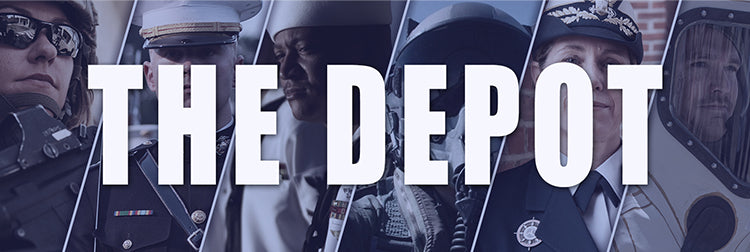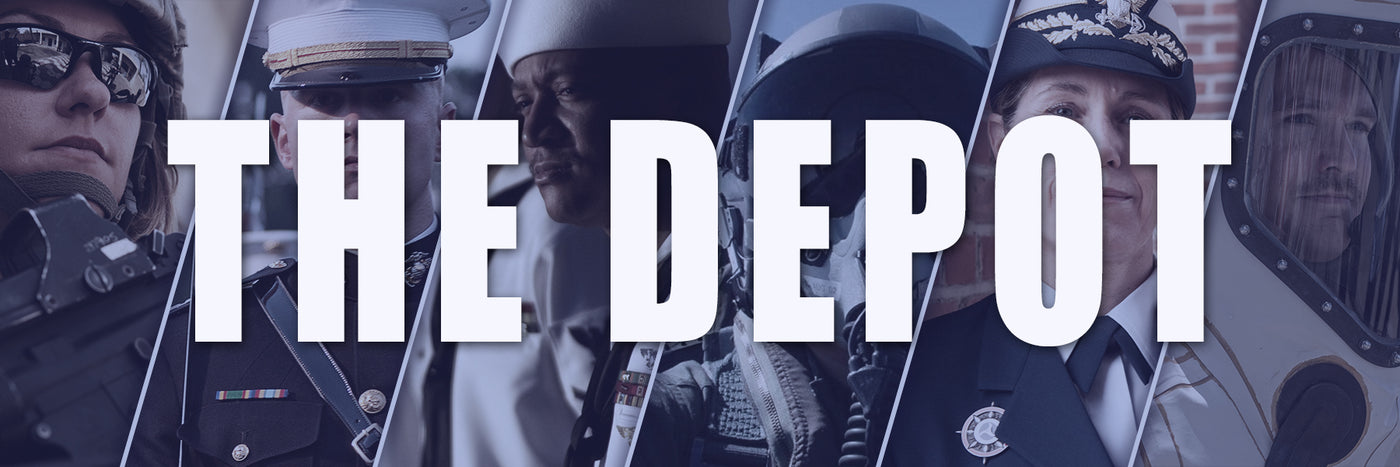
Backwards American Flag: What Does it Mean?
The U.S. flag embroidered insignia is worn so that the star field faces forward, or to the flag’s own right. When worn in this manner, the flag is facing the observer’s...
Blog Staff |
ARMED FORCES SUPER STORE 1-877-653-9577 | 8 - 7 CST MON-FRI



The U.S. flag embroidered insignia is worn so that the star field faces forward, or to the flag’s own right. When worn in this manner, the flag is facing the observer’s...
Blog Staff |